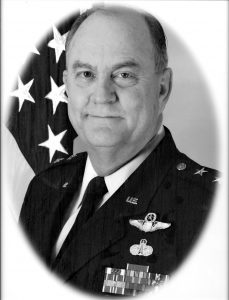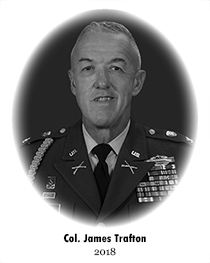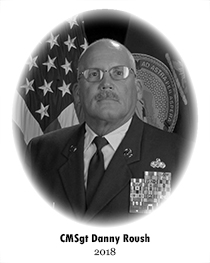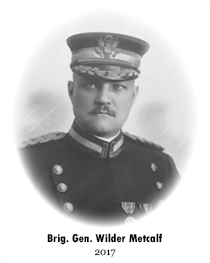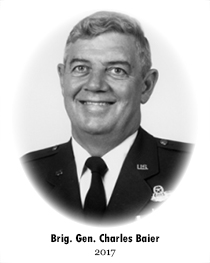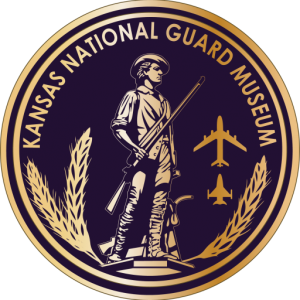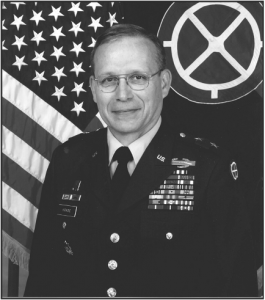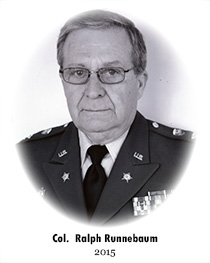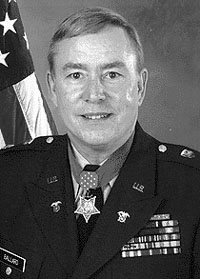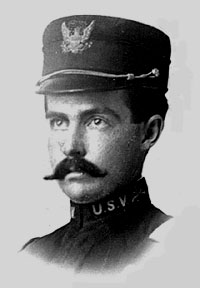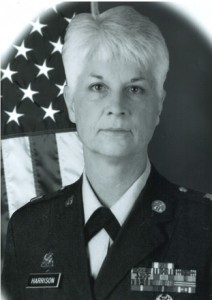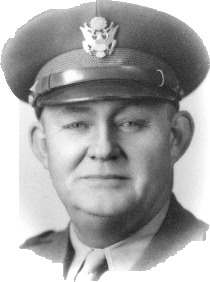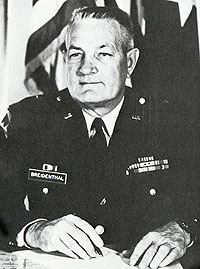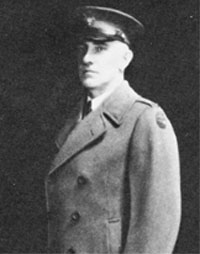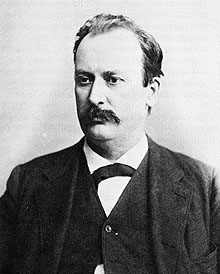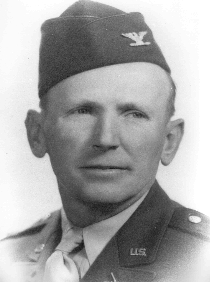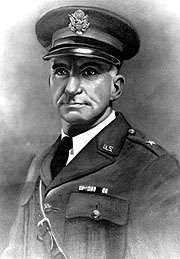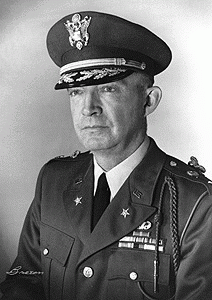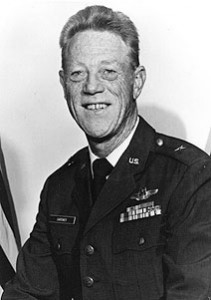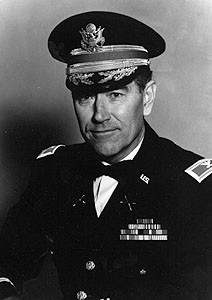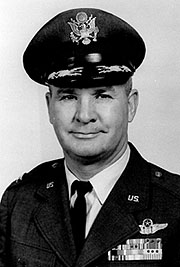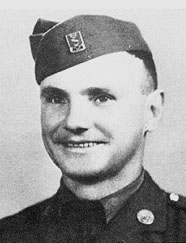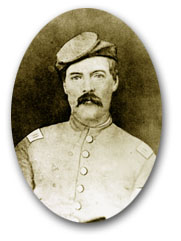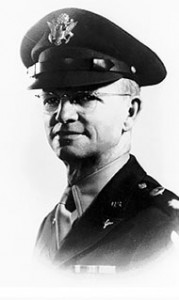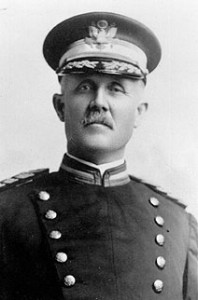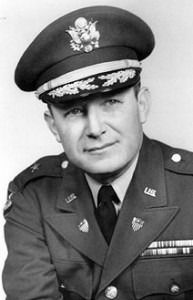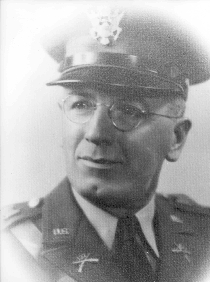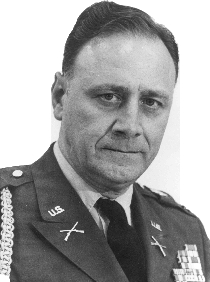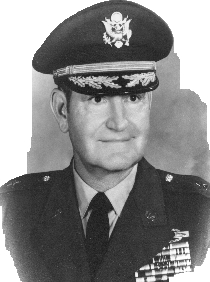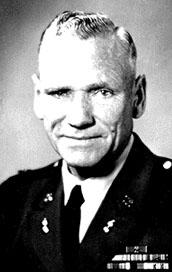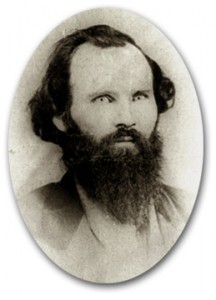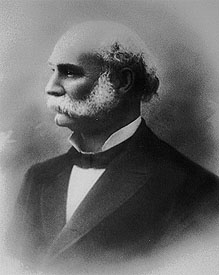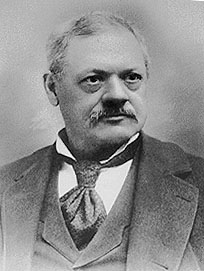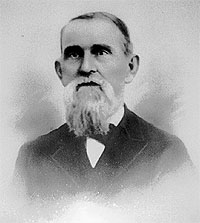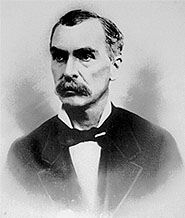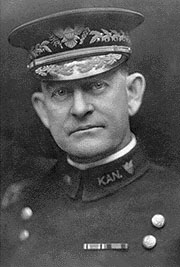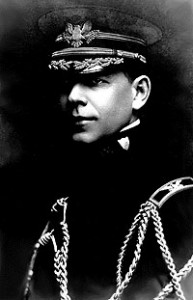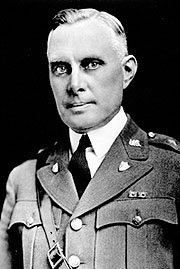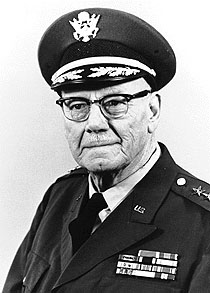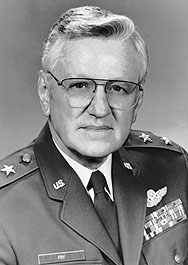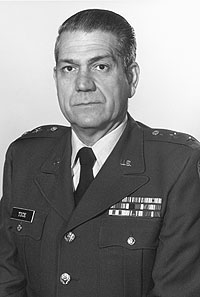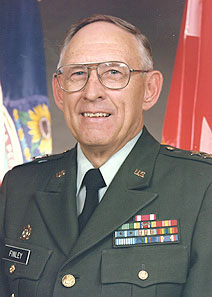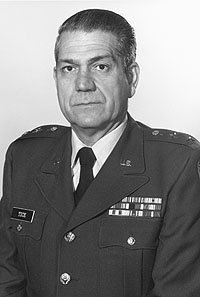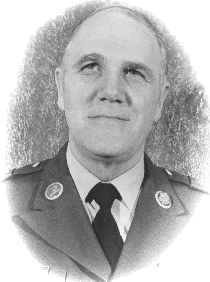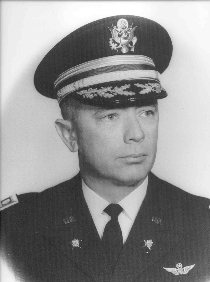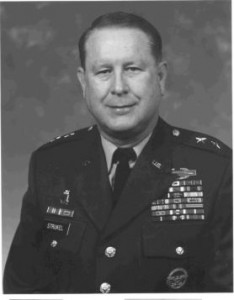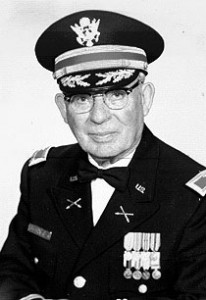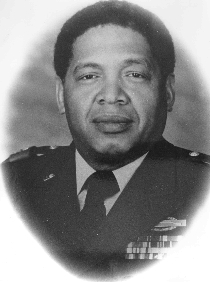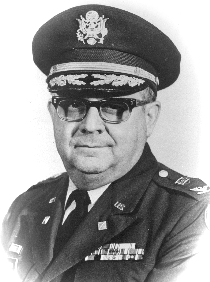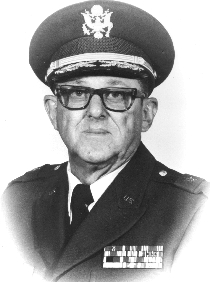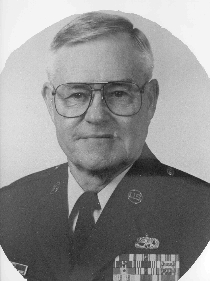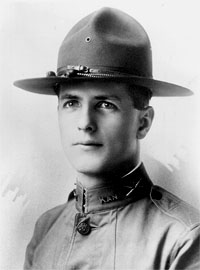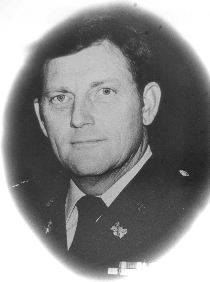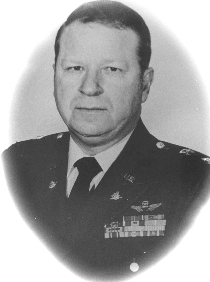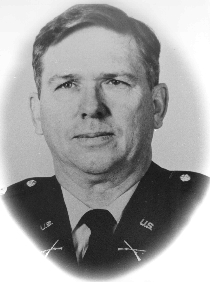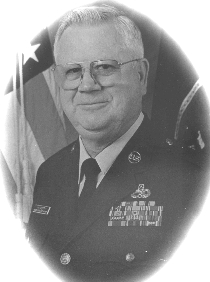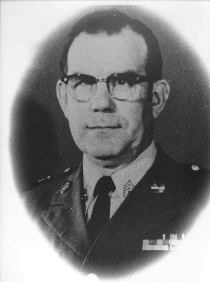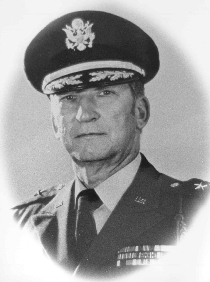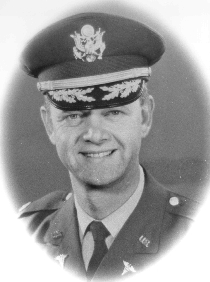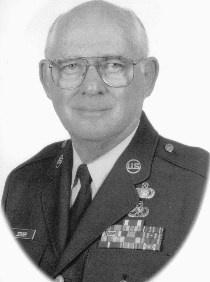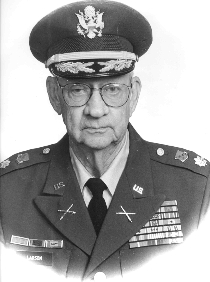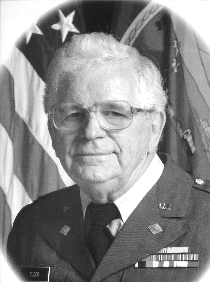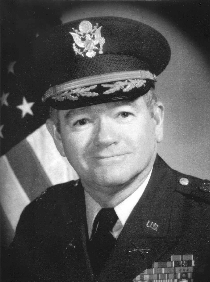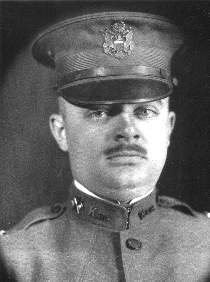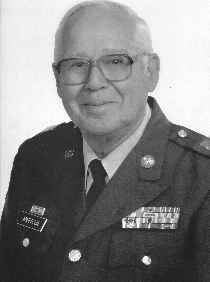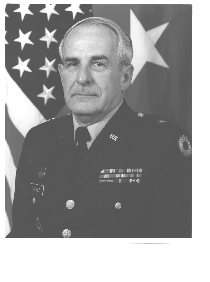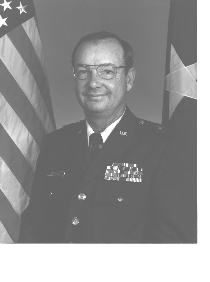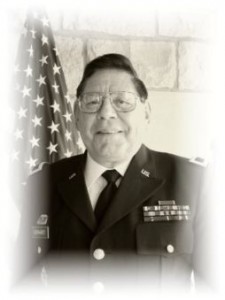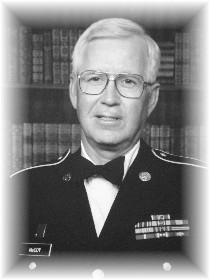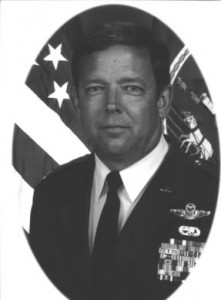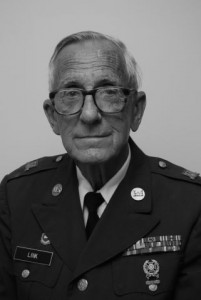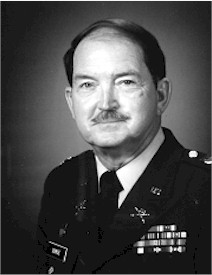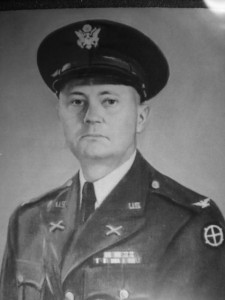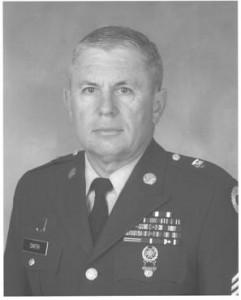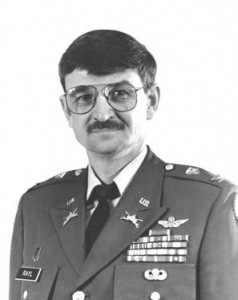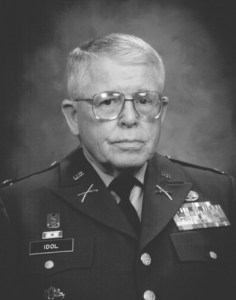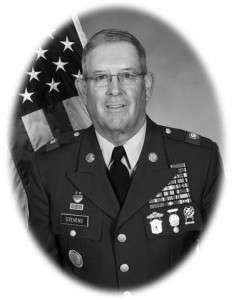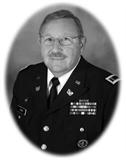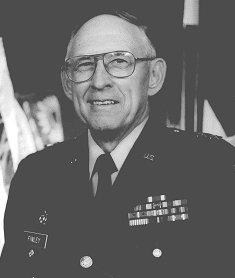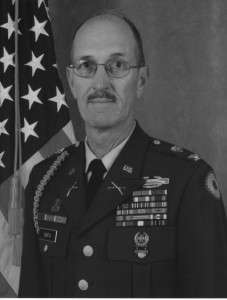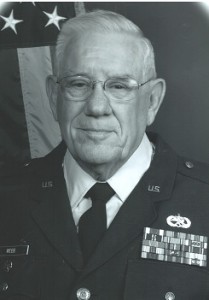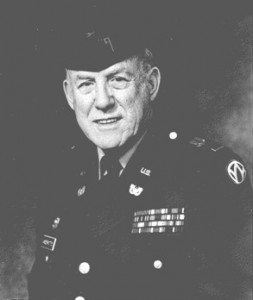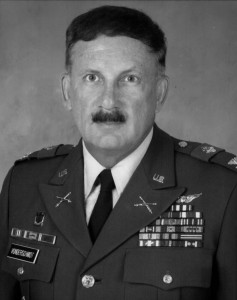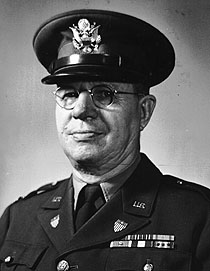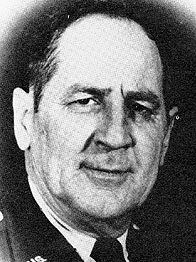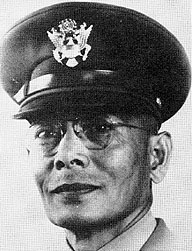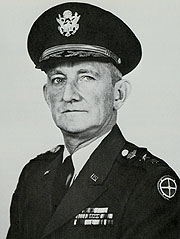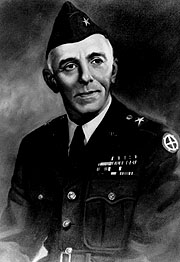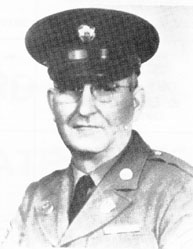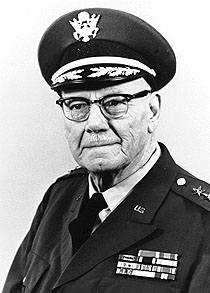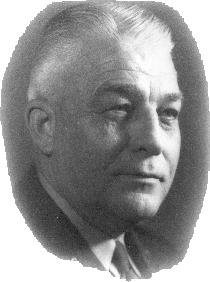When the civil war began, in 1861, Kansas had just been admitted to the Union as a State, and the newly organized State government was scarcely in running order when it became necessary to raise troops to defend the border and respond to the requisition of the President for volunteers. However, two regiments were quickly placed in the field — the First and Second Kansas Infantry Regiments, whose bravery and heroism at the battle of Wilson Creek have given unfading luster to the name of Kansas. Both of these regiments were ordered out of the State as soon as organized. Had the State government been permitted to control the organization of the two succeeding regiments much confusion would have been avoided, and more systematic records would have been left of the organizations originally designated the Third and Fourth Kansas Volunteers. Senator James H. Lane, however, was commissioned a brigadier general of volunteers, and came to Kansas from Washington with a roving commission to raise regiments of volunteers. He proceeded in accordance with his own will, in a great measure independent of the State government, to raise troops; the Third and Fourth Kansas Volunteers were raised under his authority. These two regiments, together with the Fifth Kansas Cavalry, organized about the same time, constituted what was then known as “Lane’s Brigade.”
Elementary ideas of military organization seemed to prevail at the time the Third and Fourth Kansas regiments were organized, as they were regiments of mixed arms, mainly infantry, but each regiment possessing cavalry and artillery companies. The Fifth regiment was purely cavalry.
When the battle of Wilson Creek was fought (August 10, 1861) scarcely a battalion of these organizations had been recruited, but, expecting that Price and McCulloch would immediately follow their dearly bought victory by an invasion of Kansas, enlistments became rapid, and in a short time about 2500 men had been enrolled. By the presence of these newly organized troops along the Missouri border Kansas was saved from rebel invasion when Price moved north to the capture of Lexington. While not constituting a very imposing army, Price had recently had a specimen of Kansas fighting at Wilson Creek, and the presence of these Kansas regiments along the state line suggested a delay that he could ill afford to risk in his desire to reach the Missouri river before General Fremont could throw an opposing army in his way.
The Third and Fourth Kansas volunteer regiments were neither at any time complete organizations, and after the danger of an invasion by Price had passed recruiting for these organizations became very slow; the regiments being organized under state authority were securing most of the new enlistments. The new organizations presented more promising possibilities for position or promotion, and, beside, were cavalry regiments, and the experienced horseman of the West preferred to ride when an opportunity to do so was at hand.
In the spring of 1862 the War Department ordered the reorganization and consolidation of the Third and Fourth Kansas regiments. This was done, the infantry companies forming a new regiment, thereafter known as the Tenth Kansas Volunteer Infantry. It would have been very proper to have designated the new consolidation as either the Third or Fourth Kansas Volunteers, instead of the Tenth, but both regiments thought their regimental designation the one to adopt, and to settle the contention, the next vacant number was assigned to the reorganization. The cavalry companies were transferred to the Fifth, Sixth and Ninth Kansas Cavalry regiments, and the artillery companies were consolidated into the First Kansas Battery.
In following the history of the Third and Fourth Kansas Volunteers, confusion appears in the specific designation of several companies in both regiments. This confusion is explained by the fact that about January 1, 1862, certain companies were shifted about and the designating letter changed. That a clear understanding may be had, these changes are given in detail below. It will be understood that all references made to companies will be by using the designation last assigned and borne at the time the consolidation of the two regiments was made.
The changes made in designations in the Third Kansas regiment were as follows:
Captain Thomas Bickerton’s artillery company, originally designated “Company G,” lost its designating letter and went to the foot of the regimental roster as “Bickerton’s Artillery Company.”
Captain Snyder’s infantry company, originally Company H, became Company G.
Captain Stevenson’s infantry company, originally Company I, became Company H.
Captain Stewart’s cavalry company, originally Company K, became Company I.
Captain Vansickle’s cavalry company, originally “Vansickle’s Independent Company of Scouts,” and later Company L, Third Kansas, became Company K.
Companies A, B, C, D, E and F retained their original designation until the date of consolidation.
The changes made in the Fourth Kansas regiment were slight, and were as follows:
Captain Thomas Moonlight’s artillery company, originally designated “Company D,” lost its designating letter and went to the foot of the regimental roster as “Moonlight’s Artillery Company.”
Captain Zacheus Gower’s company of the Sixth Kansas Cavalry was, by order dated December 31, 1861, transferred to the Fourth Kansas Volunteers and assigned as Company D.
All other companies of the Fourth Kansas retained their original designation.
No Company K was ever organized in the Fourth Kansas.
At the date of consolidation, the disposition of the several companies of the Third and Fourth Kansas Volunteers was as follows:
Third Kansas Volunteers
Company A (consolidated with Company C) became Company C, Tenth Kansas Infantry.
Company B became Company F, Fifth Kansas Cavalry.
Company C (consolidated with Company A) became Company C, Tenth Kansas Infantry.
Company D (consolidated with Company H) became Company E, Tenth Kansas Infantry.
Company E became Company D, Fifth Kansas Cavalry.
Company F became Company I, Tenth Kansas Infantry.
Company G became Company D, Tenth Kansas Infantry.
Company H (consolidated with Company D) became Company E, Tenth Kansas Infantry.
Company I became Company C, Ninth Kansas Cavalry.
Company K became Company I, Sixth Kansas Cavalry.
Captain Bickerton’s Artillery Company was transferred to the First Kansas Battery.
Fourth Kansas Volunteers
Company A (consolidated with Company H) became Company G, Tenth Kansas Infantry.
Company B became Company B, Tenth Kansas Infantry.
Company C became Company A, Tenth Kansas Infantry.
Company D, mustered out in accordance with letter of instruction, Department of Kansas, dated March 4, 1862.
Company E became Company A, Sixth Kansas Cavalry.
Company F became Company F, Tenth Kansas Infantry.
Company G became Company H, Tenth Kansas Infantry.
Company H (consolidated with Company A) became Company G, Tenth Kansas Infantry.
Company I was broken up, its officers were mustered out, and the company divided between Companies B, F, and H, Tenth Kansas Infantry, and First Kansas Battery.
The members of the Third and Fourth Kansas Volunteers were accounted for in the new organizations to which they were transferred as though they had served with the last organization from the beginning of their original term of service, no reference being given to the fact that the first part of their service had been rendered as members of the Third and Fourth Kansas regiments, or that such regiments ever existed.
Company I of the Third Kansas, transferred to the Sixth Kansas Cavalry as Company I of that organization, and later mustered out, and Company D of the Fourth Kansas Volunteers, mustered out at the date of the consolidation and not assigned to any other organization, have heretofore had no record as volunteer organizations. There are also a considerable number of men who were dropped from the original rolls by reason of casualty who have no place in the record of the volunteers.
As the Third and Fourth Kansas were original and distinct organizations, and performed brave and faithful service for eight months or more as such, it seems proper that a record should be made of them as distinctive regiments, and the individual records of the men recorded. Their service was rendered forty years ago; it is a tardy justice, and but few of the men recorded live to know that a place has been given them in the records of the civil war regiments of Kansas.
Although a transcript of all the records of these regiments filed in the War Department has been secured, the records are very incomplete, and many manifest errors appear in the muster rolls, but the original signature of the individual soldier nowhere appears, and a comparison cannot be made. When a name appears differently spelled in three places, it is difficult to guess which, if either, is the correct one. When “Hiram” appears as “Hyrum,” and “Peter” appears as “Peetir,” one wonders if “Wallis” should not be “Wallace” and “Dunkin” should not be “Duncan,” but it is hardly safe to assume such to be the case.
The records as relates to the date of consolidation of the reorganized companies of the Third and Fourth Kansas are not absolutely certain. The consolidation was made in accordance with letter of instruction, Department of Kansas, dated February 20, 1862. The infantry companies of the Third were mustered for consolidation on February 28, 1862, and those of the Fourth on March 4, 1862. The consolidation was effected April 3, 1862.
The cavalry companies were transferred about the same time. Company I of the Third was transferred to the Ninth Kansas Cavalry on March 27, 1862.
The artillery companies were consolidated by authority of Special Orders No. 42, District of Kansas, dated April 24, 1862. The organization of the consolidated battery (First Kansas Battery) was effected about June l, 1862. A previous attempt had been made to transfer Captain Bickerton’s Artillery Company of the Third Kansas to the First Kansas Infantry as an artillery organization, and to break up Captain Moonlight’s Artillery Company of the Fourth and distribute it among the companies of the same regiment as infantry; but dissatisfaction being created, by the advice of General Sturgis the order was modified, and the consolidation was made in accordance with Special Orders No. 42, above referred to.
(Source: Thirteenth Biennial Report of the Adjutant General of the State of Kansas, 1901-’02, Topeka: W.Y. Morgan, State Printer (1902), pp. 121-124. Provided courtesy of Bryce Benedict, Civil War Roundtable of Eastern Kansas.)

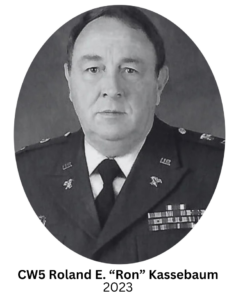 CW5 Roland E. “Ron” Kassebaum was born on February 21, 1946 in Deshler, Nebraska. He graduated from Hebron High School, Hebron, Nebraska in 1964. He attended Fairbury Junior College, Fairbury, Nebraska and the University of Nebraska, Lincoln, Nebraska, and received a Bachelor of Science Degree from the University of the State of New York in 1991. He later attended Liberty University, Lynchberg, Virginia, for courses in accounting and Allen County Community College, Iola, Kansas, for a course in Business Law.
CW5 Roland E. “Ron” Kassebaum was born on February 21, 1946 in Deshler, Nebraska. He graduated from Hebron High School, Hebron, Nebraska in 1964. He attended Fairbury Junior College, Fairbury, Nebraska and the University of Nebraska, Lincoln, Nebraska, and received a Bachelor of Science Degree from the University of the State of New York in 1991. He later attended Liberty University, Lynchberg, Virginia, for courses in accounting and Allen County Community College, Iola, Kansas, for a course in Business Law.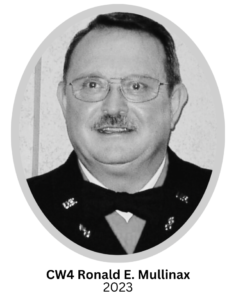 Chief Warrant Officer Four Ronald E. Mullinax was born on August 25, 1946, in Norton, Kansas to Earl and Mary Posson. He was adopted by John and Ada Mullinax. He grew up in Lenora, Kansas, graduating from Lenora Rural High School in 1965. After completing a Denver Automotive Institute training program, Ron worked at Look Body Shop in Norton until 1968.
Chief Warrant Officer Four Ronald E. Mullinax was born on August 25, 1946, in Norton, Kansas to Earl and Mary Posson. He was adopted by John and Ada Mullinax. He grew up in Lenora, Kansas, graduating from Lenora Rural High School in 1965. After completing a Denver Automotive Institute training program, Ron worked at Look Body Shop in Norton until 1968.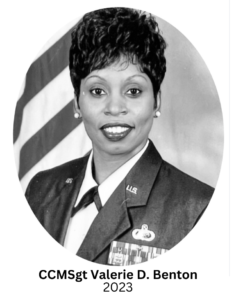 CCMSgt Valerie D. Benton was born on Dec. 10, 1959 in Racine, Wisconsin, where she spent her childhood. She graduated from Washington Park High School in 1978. Soon after graduation she enlisted in the U. S. Air Force and headed to Basic Training at Lackland AFB, Texas in December of 1978. After completion of Basic training, she attended Technical Training at Lowry AFB, Colorado, and graduated as a Food Service Specialist.
CCMSgt Valerie D. Benton was born on Dec. 10, 1959 in Racine, Wisconsin, where she spent her childhood. She graduated from Washington Park High School in 1978. Soon after graduation she enlisted in the U. S. Air Force and headed to Basic Training at Lackland AFB, Texas in December of 1978. After completion of Basic training, she attended Technical Training at Lowry AFB, Colorado, and graduated as a Food Service Specialist.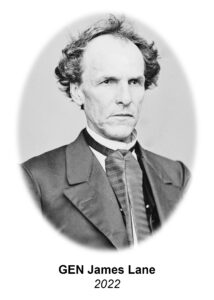 General James H. Lane was a militia leader during the Bleeding Kansas period, the commander of the Kansas “Jayhawker” Brigade during the Civil War, and was one of the first United States Senators from Kansas.
General James H. Lane was a militia leader during the Bleeding Kansas period, the commander of the Kansas “Jayhawker” Brigade during the Civil War, and was one of the first United States Senators from Kansas.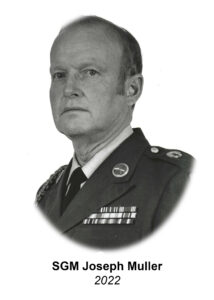 Sergeant Major Joseph T. “Jody” Muller was selected for the Kansas National Guard Hall of Fame for his exceptional service as a citizen soldier in the Kansas National Guard for over 41 years.
Sergeant Major Joseph T. “Jody” Muller was selected for the Kansas National Guard Hall of Fame for his exceptional service as a citizen soldier in the Kansas National Guard for over 41 years.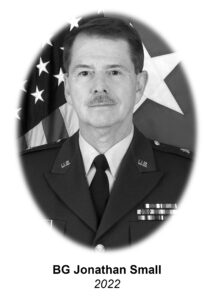 Brigadier General Jonathan P. Small served as The Adjutant General of Kansas from November 1, 2003 to January 4, 2004, culminating a 35-year military career as a distinguished attorney, community leader, citizen-soldier, and military leader. He served as Assistant Adjutant General-Army from 1999 to 2003, and as Commander of the Land Component for the Joint Force Headquarters-Kansas.
Brigadier General Jonathan P. Small served as The Adjutant General of Kansas from November 1, 2003 to January 4, 2004, culminating a 35-year military career as a distinguished attorney, community leader, citizen-soldier, and military leader. He served as Assistant Adjutant General-Army from 1999 to 2003, and as Commander of the Land Component for the Joint Force Headquarters-Kansas.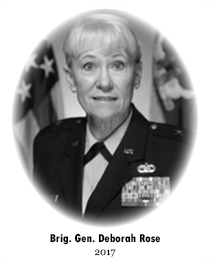 Brigadier General Deborah Rose entered military service with a direct commission into the United States Air Force Nurse Corps in March 1983, assigned to the 184th Tactical Fighter Group. She transferred to the 190th Clinic in December 1985. In October 1990, she deployed to Jeddah, Saudi Arabia, where she served in an Air Transportable Hospital during Desert Shield. In February 1991, she was activated and deployed to Offutt AFB, Nebraska, assigned to the hospital.
Brigadier General Deborah Rose entered military service with a direct commission into the United States Air Force Nurse Corps in March 1983, assigned to the 184th Tactical Fighter Group. She transferred to the 190th Clinic in December 1985. In October 1990, she deployed to Jeddah, Saudi Arabia, where she served in an Air Transportable Hospital during Desert Shield. In February 1991, she was activated and deployed to Offutt AFB, Nebraska, assigned to the hospital.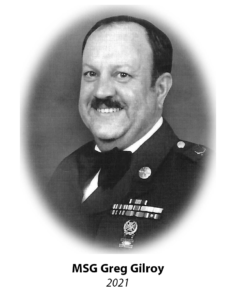 Master Sergeant Greg Gilroy was born on July 25, 1947 at Ottawa, Kansas. He was a lifelong resident of Ottawa, graduating from Ottawa High School in 1965. He then attended Emporia State University during the 1965-66 school year.
Master Sergeant Greg Gilroy was born on July 25, 1947 at Ottawa, Kansas. He was a lifelong resident of Ottawa, graduating from Ottawa High School in 1965. He then attended Emporia State University during the 1965-66 school year.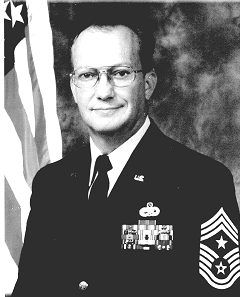
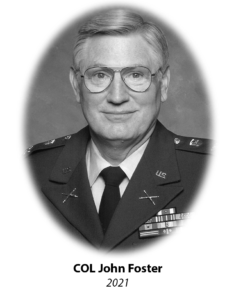
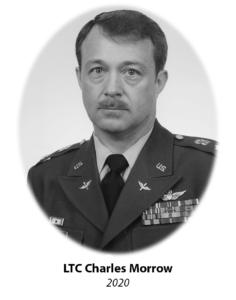
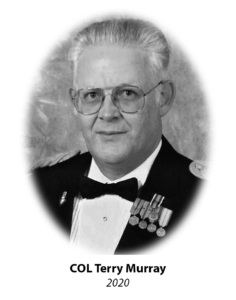

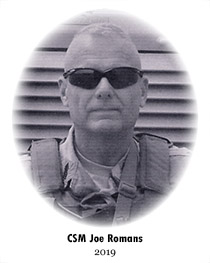
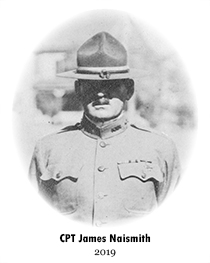

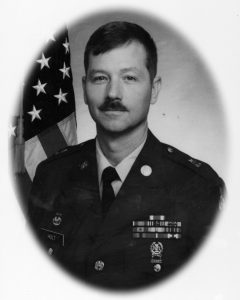 Sergeant Major Lynn E. Holt built his distinguished Kansas Army National Guard career developing strength, retaining Soldiers and insuring Soldiers received proper training. He served from the Detachment through State level. He is known for his ability to recognize Soldier needs at all levels. The same care he felt for Soldiers carried over into his community activities. SGM Holt’s passion for people and their needs exemplifies his true character. He devoted his entire adult life to the betterment of our nation, our state and the Kansas National Guard.
Sergeant Major Lynn E. Holt built his distinguished Kansas Army National Guard career developing strength, retaining Soldiers and insuring Soldiers received proper training. He served from the Detachment through State level. He is known for his ability to recognize Soldier needs at all levels. The same care he felt for Soldiers carried over into his community activities. SGM Holt’s passion for people and their needs exemplifies his true character. He devoted his entire adult life to the betterment of our nation, our state and the Kansas National Guard.